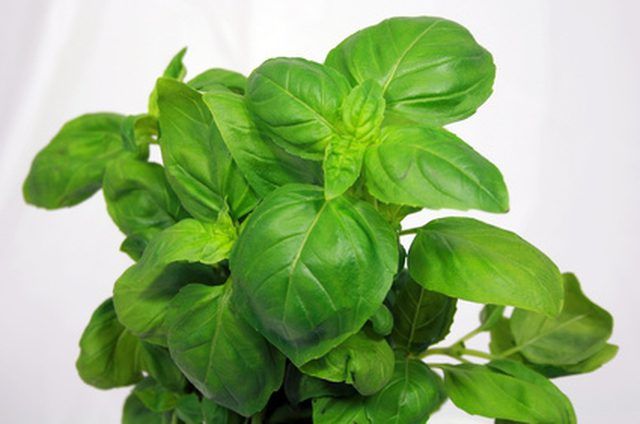Bulbs
Flower Basics
Flower Beds & Specialty Gardens
Flower Garden
Garden Furniture
Garden Gnomes
Garden Seeds
Garden Sheds
Garden Statues
Garden Tools & Supplies
Gardening Basics
Green & Organic
Groundcovers & Vines
Growing Annuals
Growing Basil
Growing Beans
Growing Berries
Growing Blueberries
Growing Cactus
Growing Corn
Growing Cotton
Growing Edibles
Growing Flowers
Growing Garlic
Growing Grapes
Growing Grass
Growing Herbs
Growing Jasmine
Growing Mint
Growing Mushrooms
Orchids
Growing Peanuts
Growing Perennials
Growing Plants
Growing Rosemary
Growing Roses
Growing Strawberries
Growing Sunflowers
Growing Thyme
Growing Tomatoes
Growing Tulips
Growing Vegetables
Herb Basics
Herb Garden
Indoor Growing
Landscaping Basics
Landscaping Patios
Landscaping Plants
Landscaping Shrubs
Landscaping Trees
Landscaping Walks & Pathways
Lawn Basics
Lawn Maintenance
Lawn Mowers
Lawn Ornaments
Lawn Planting
Lawn Tools
Outdoor Growing
Overall Landscape Planning
Pests, Weeds & Problems
Plant Basics
Rock Garden
Rose Garden
Shrubs
Soil
Specialty Gardens
Trees
Vegetable Garden
Yard Maintenance
How to Grow Herbs in Arizona
How to Grow Herbs in Arizona. Herbs make an aromatic, colorful and lush addition to any backyard or container garden. Despite their often delicate taste, herbs are a resilient plants. Herbs require less maintenance and less fertilizer than vegetables. Most varieties will grow in Arizona. Some herbs, such as basil and parsley, fare well indoors in...

Herbs make an aromatic, colorful and lush addition to any backyard or container garden. Despite their often delicate taste, herbs are a resilient plants. Herbs require less maintenance and less fertilizer than vegetables. Most varieties will grow in Arizona. Some herbs, such as basil and parsley, fare well indoors in small pots. With monitoring, herbs such as mint, thyme, rosemary, dill and oregano will all grow outdoors in Arizona.
Things You'll Need
Garden fork
Spade
Rotted farmyard manure
Trowel
Young potted herbs
Watering can
Buy young herb plants from an Arizona garden store. This is only a little more expensive than growing from seed, and you'll get herbs that are already acclimatized to the Arizona heat.
Find an area in your garden that gets drenched in sunlight for most of the morning, but ideally lies in partial shade after midday. This type of location helps prevent the plants from drying out when the Arizona sun is at its strongest.
Prepare your soil by digging 10 inches deep into the dirt. Turn over the area with a sturdy garden fork. Pick out rocks and weed roots. Break any soil clumps apart. Arizona often has clay-like soil that needs to be loosened.
Mix your ground soil with rotted farmyard manure or compost until the soil contains 50 percent organic matter. Arizona soil often requires additional organic material and nutrients for successful plant growth, according to the Arizona Herb Association. Wait six to eight weeks from when you add the manure to plant.
Dig a small hole in the soil with a trowel. Remove the young herb plant from its pot, being careful not to disturb its roots too much. Insert the plant into the hole and fill in the gaps with soil. Pat down the dirt around the plant so that it has a firm base.
Water the area. The Arizona heat will dry the ground quickly, so deep watering is essential to help the lower herb roots get the nourishment they need. The top couple of inches of soil should be moist--not dripping wet.
Water every day, with extra watering in the summer months. Don't add chemical fertilizer, which can impart an unpleasant flavor to the herbs. Instead spread more compost around your herbs a couple of times a year. This improves flavor, and helps the soil retain moisture.
Pinch off leaves frequently from the herbs as they grow. Harvesting in this way ensures that the new shoots stay sweet and the plant doesn't become too woody.
Tips & Warnings
Plant in the fall for best results. Mid-summer heat can be too hot for successful early growth.
Watch out for curling or drooping leaves. This can be a sign of too little or too much water.